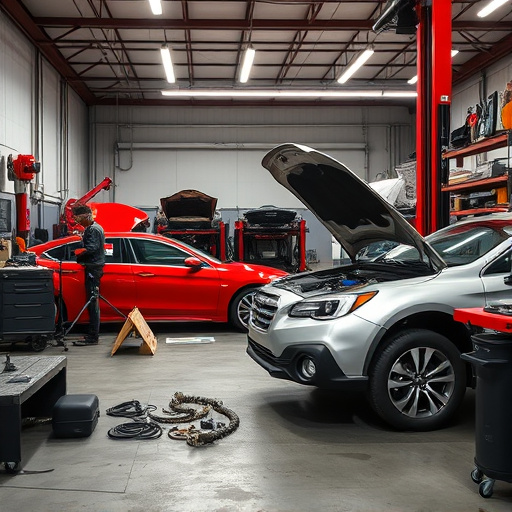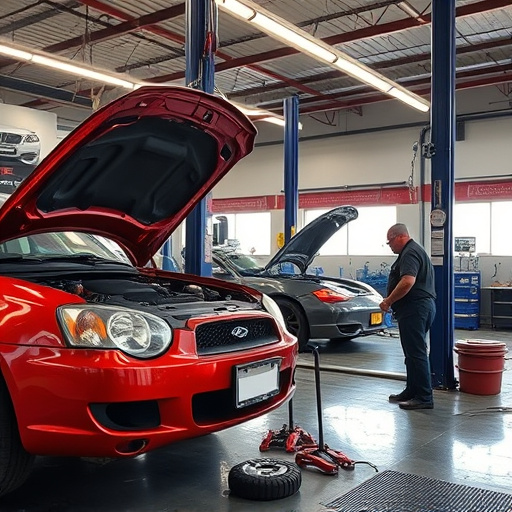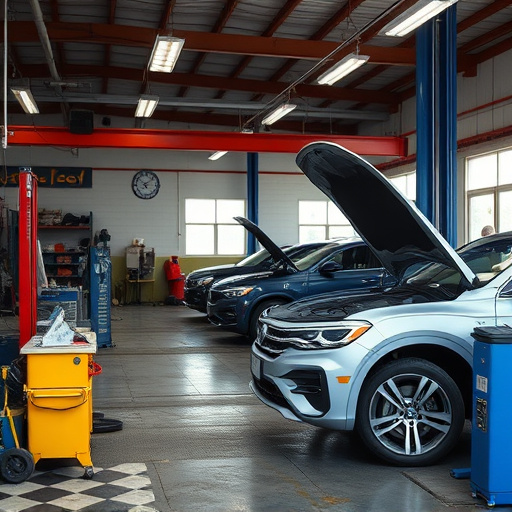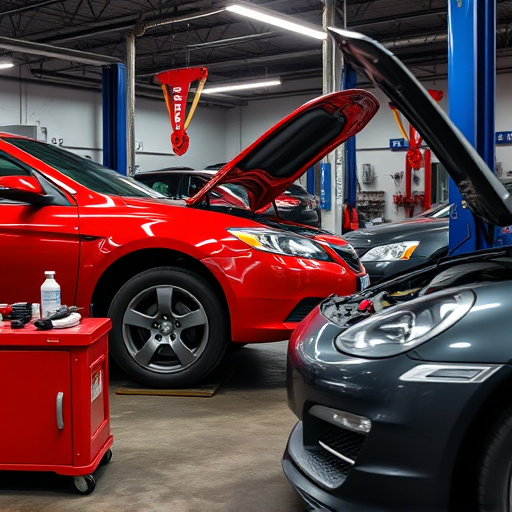In emergency repairs, effective repair expectations management relies on clear communication to alleviate client anxiety and build trust. Repair shops should actively listen, outline work scope, set realistic timelines, use visual aids, and provide regular updates for successful outcomes in auto body services and automotive restoration.
In emergency repair situations, managing customer expectations is paramount. This article delves into the critical aspects of repairing expectations management, focusing on understanding unique dynamic shifts during crises. We explore strategies to set realistic expectations, emphasizing open communication as a cornerstone for successful repairs. By implementing these tactics, service providers can ensure satisfied customers, fostering trust and loyalty despite unexpected challenges. Learn how to navigate these delicate situations effectively, from initial assessment to final resolution.
- Understanding Emergency Repair Dynamics
- Setting Realistic Customer Expectations
- Effective Communication Strategies for Repair Success
Understanding Emergency Repair Dynamics

In emergency repair situations, understanding the unique dynamics is key to effective repair expectations management. These scenarios often involve sudden and unexpected disruptions, leaving both customers and service providers in a state of flux. The initial chaos can lead to varying levels of anxiety and uncertainty among clients, who may have had little to no experience with urgent repairs before. Therefore, clear and consistent communication becomes paramount. By proactively explaining the situation, potential timelines, and possible solutions, repair technicians can set realistic expectations from the outset.
Emergency situations in auto body services or automotive restoration demand a swift response while managing client concerns. For instance, when dealing with car paint repair in an emergency, the focus should be on providing immediate solutions while ensuring transparency about the process and potential delays caused by the severity of the damage. Balancing these factors requires skilled technicians who can assess, prioritize, and communicate effectively under pressure, thereby fostering trust and satisfaction among customers facing unexpected repairs.
Setting Realistic Customer Expectations

In emergency repair situations, setting realistic customer expectations is paramount for effective repair expectations management. When a client brings their vehicle in following a collision or other damage, they’re often anxious and uncertain about the process. Clearly communicating the extent of the repairs needed, estimated timelines, and associated costs helps alleviate these concerns. Honest assessments and transparent communication build trust, ensuring clients feel informed and heard throughout the automotive repair process.
Providing concrete information about car bodywork services—from initial assessment to final touch-ups—is crucial. Realistic expectations manage client satisfaction by aligning their understanding with the actual outcome. This proactive approach fosters a positive experience, even in stressful circumstances, as clients appreciate knowing what to expect during and after their vehicle’s restoration.
Effective Communication Strategies for Repair Success

In emergency repair situations, effective communication strategies are key to ensuring customer satisfaction and successful outcomes for both automotive repair services and vehicle body shop operations. The first step involves actively listening to the client’s needs and concerns, clearly articulating the scope of work, and setting realistic expectations regarding turnaround times and costs. This open dialogue helps manage client expectations from the outset.
Additionally, regular updates during the repair process can significantly enhance customer trust. Keeping clients informed about progress, challenges encountered, and any changes to initial estimates demonstrates professionalism and fosters a sense of partnership. For auto body repairs, where complex processes may be involved, visual aids or walk-through explanations can further facilitate understanding, ensuring both parties are aligned on the repair expectations management strategy.
In emergency repair situations, effective repair expectations management is key to ensuring customer satisfaction. By understanding dynamic repair processes, setting realistic expectations, and employing strategic communication, technicians can deliver swift, efficient, and transparent services. This approach not only boosts client trust but also enhances the overall reputation of repair providers, fostering long-term relationships based on reliability and honesty.














